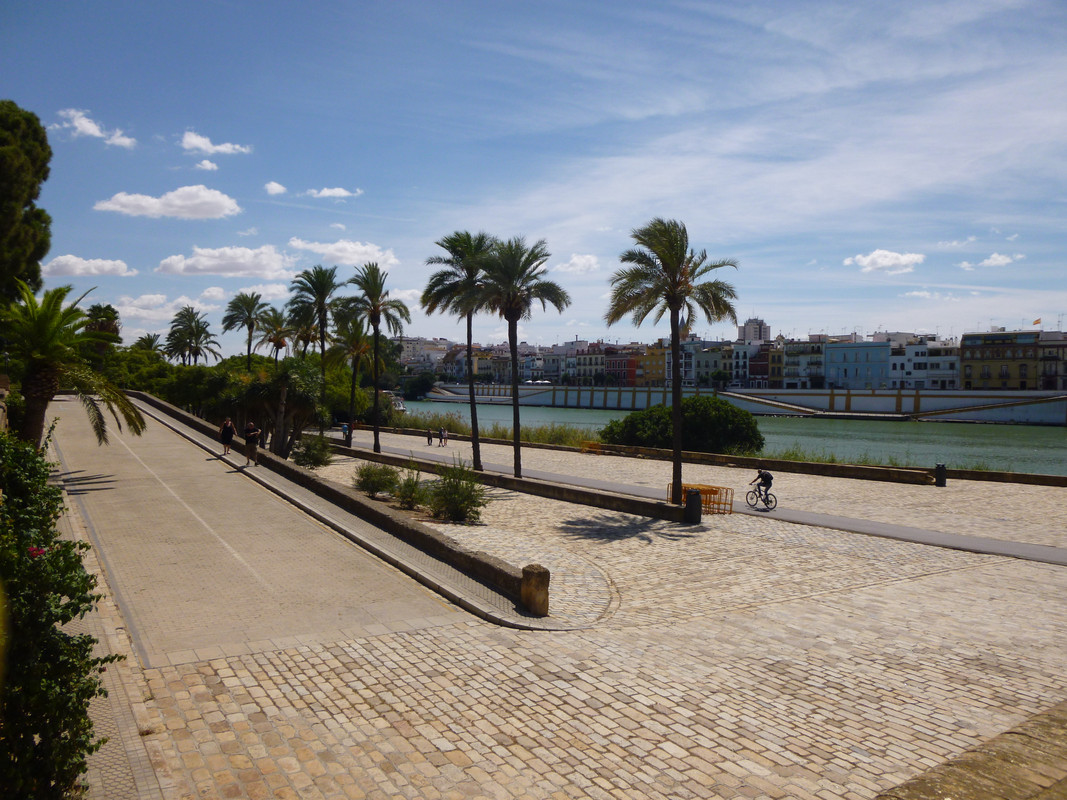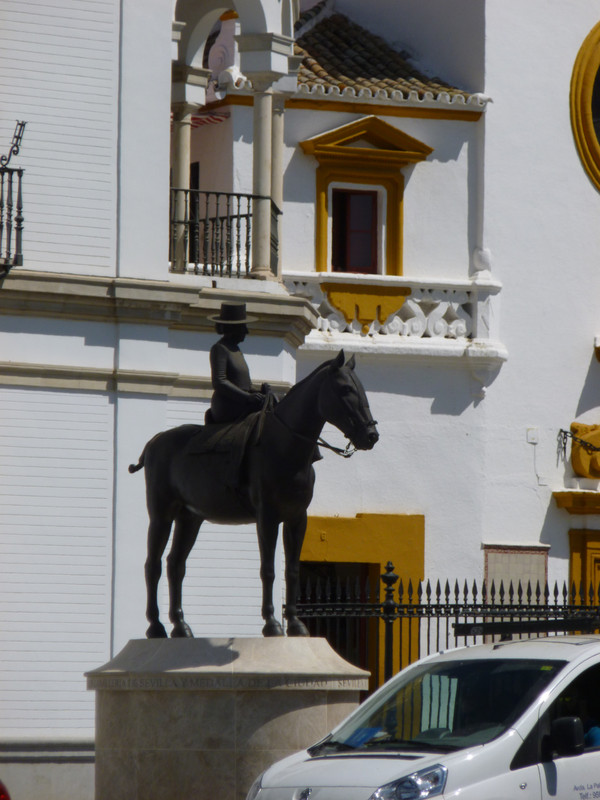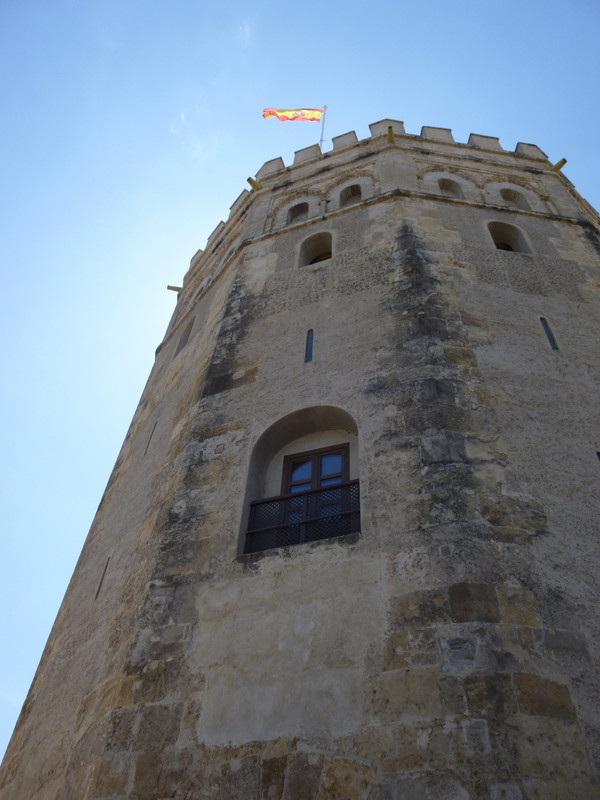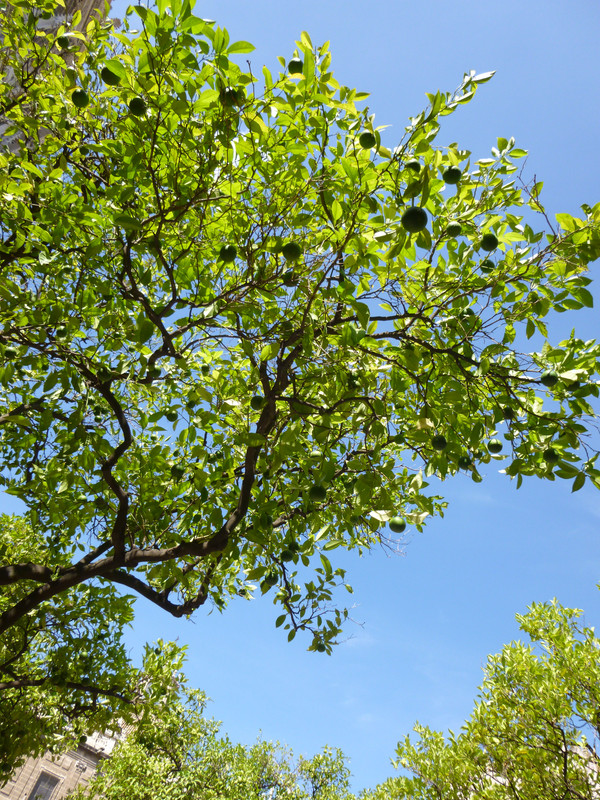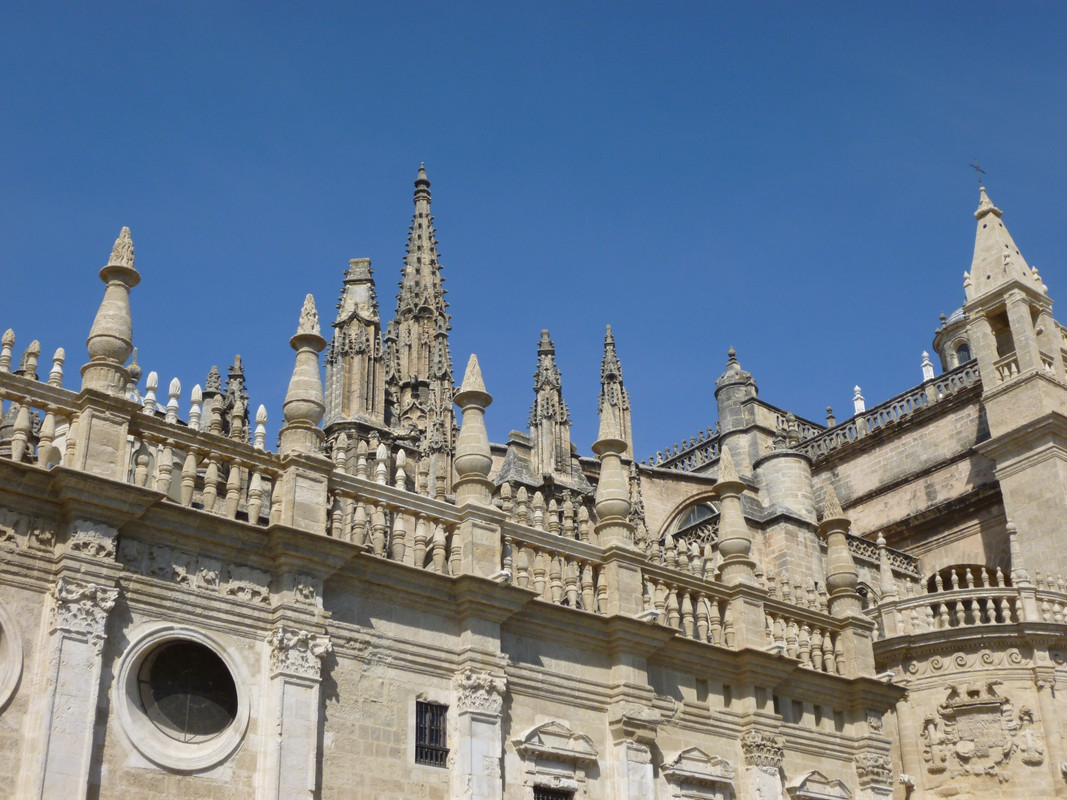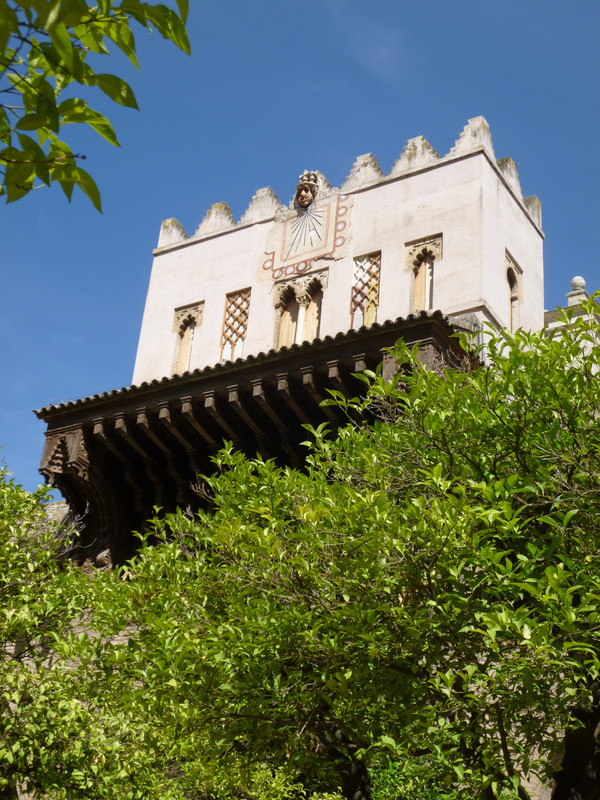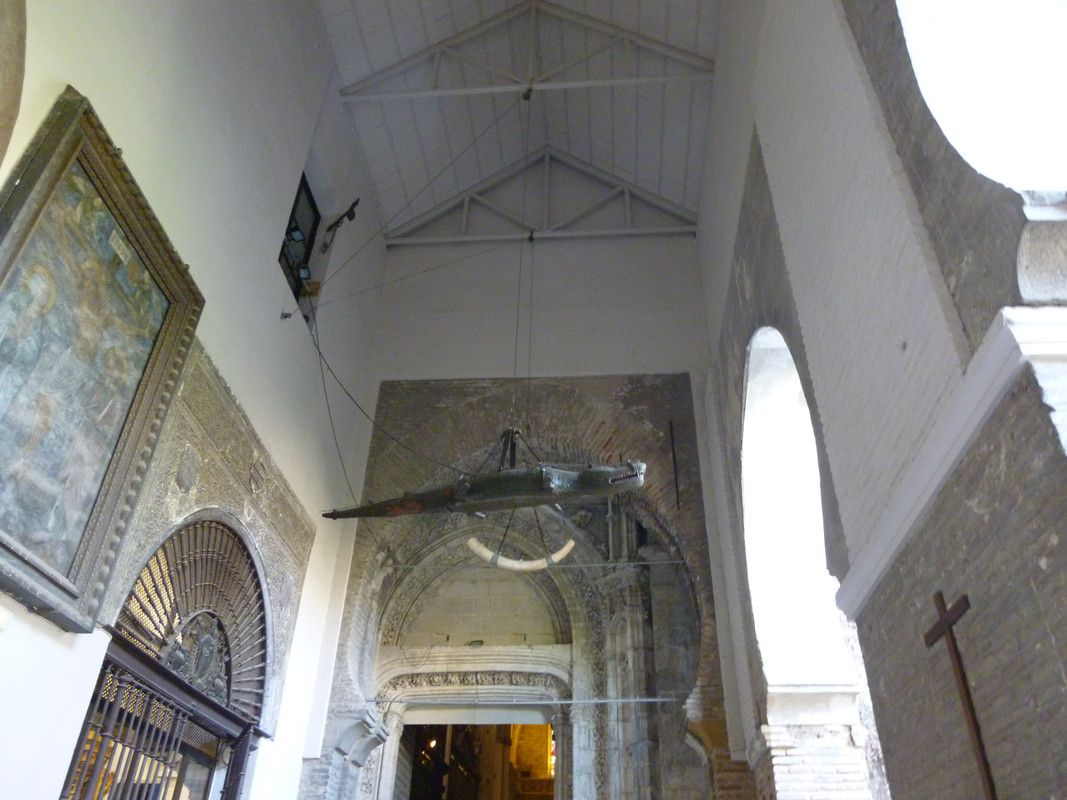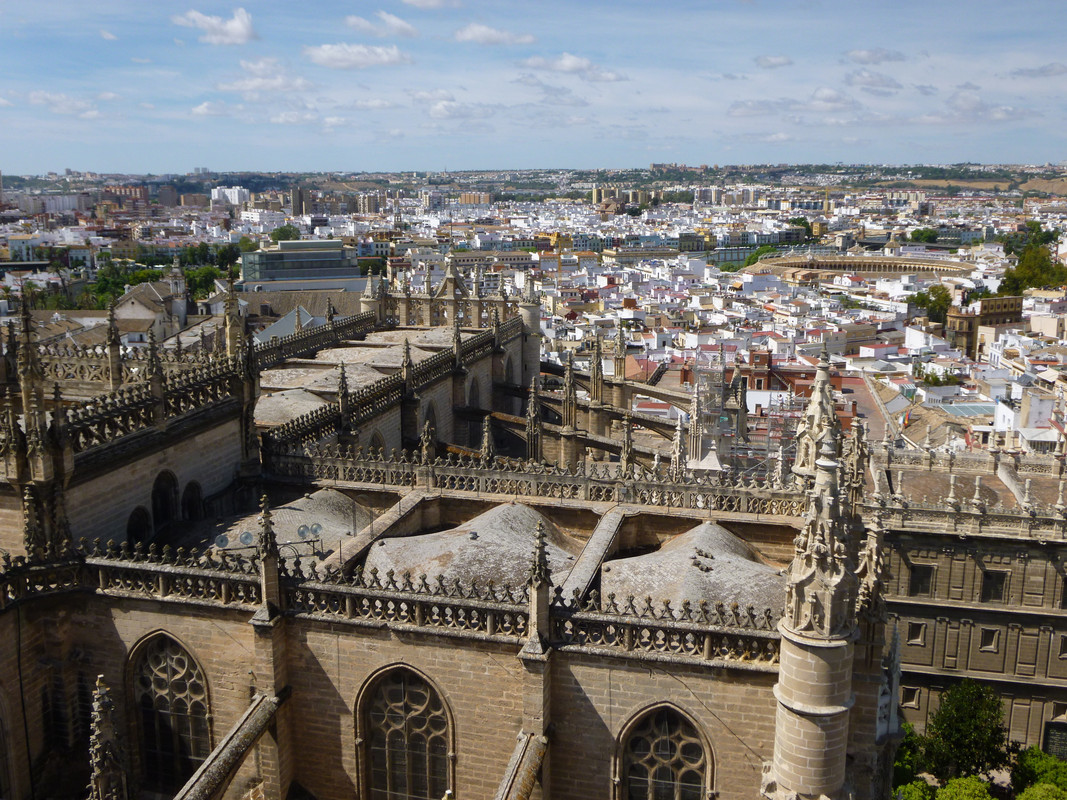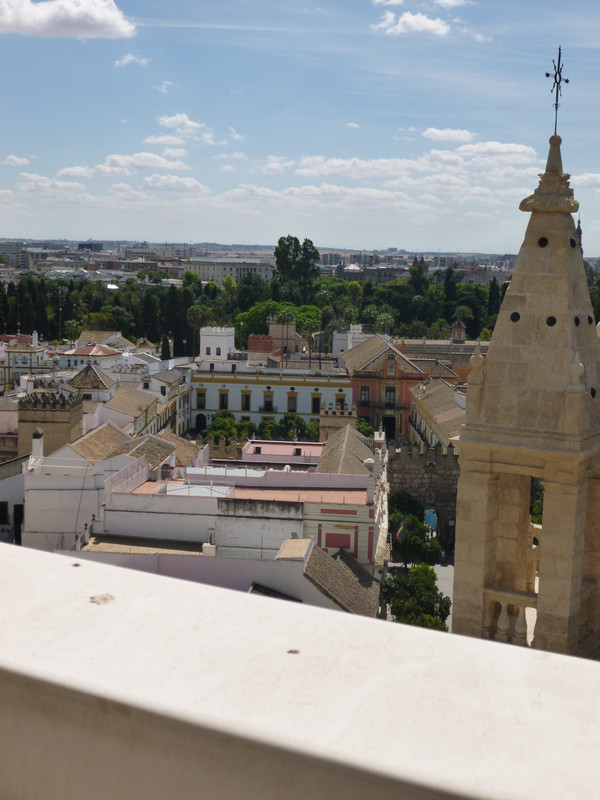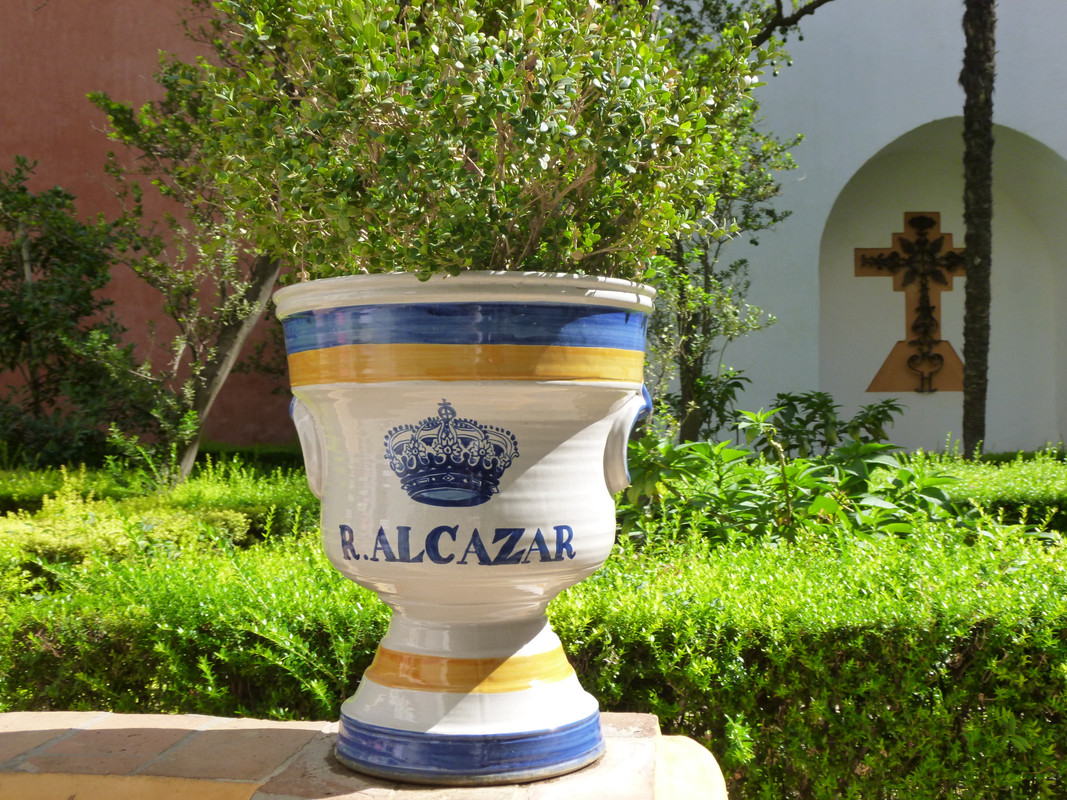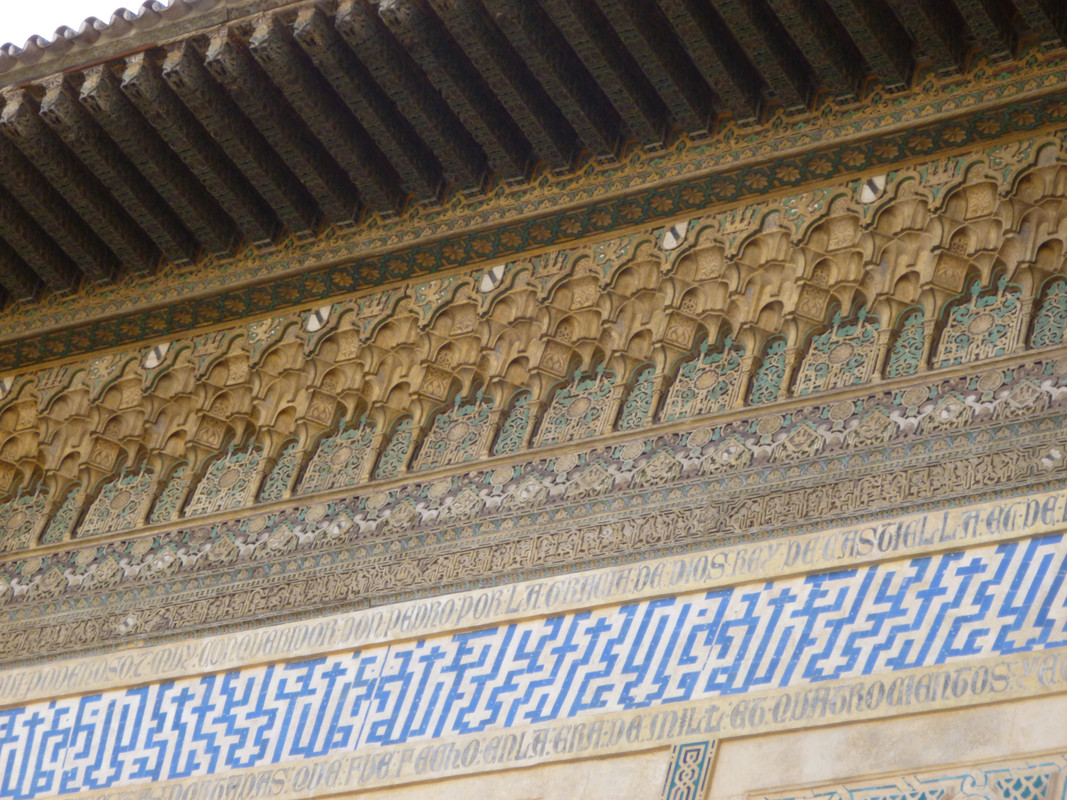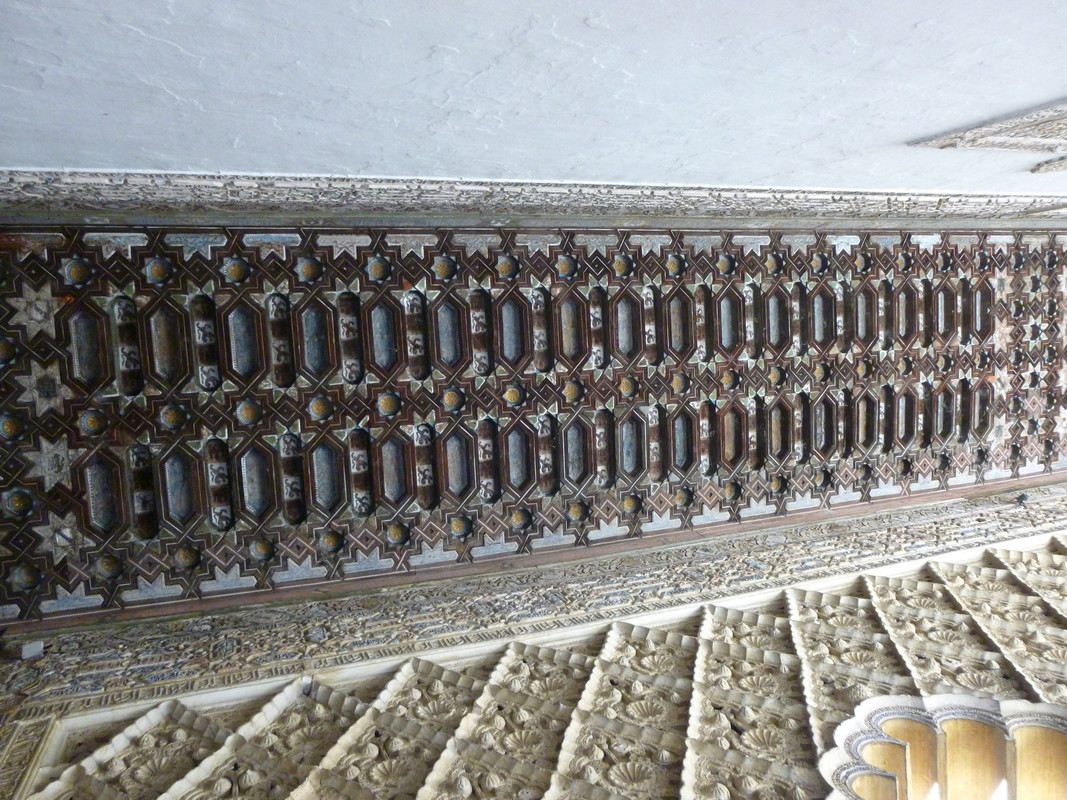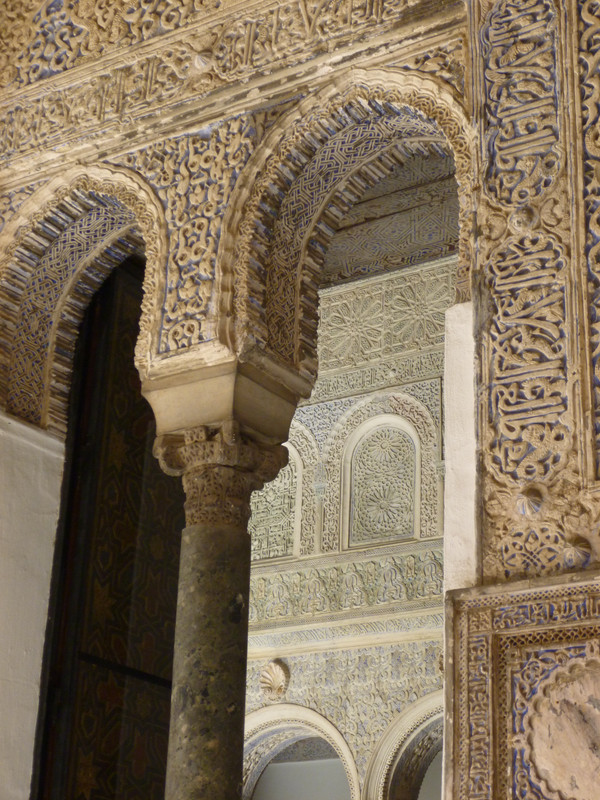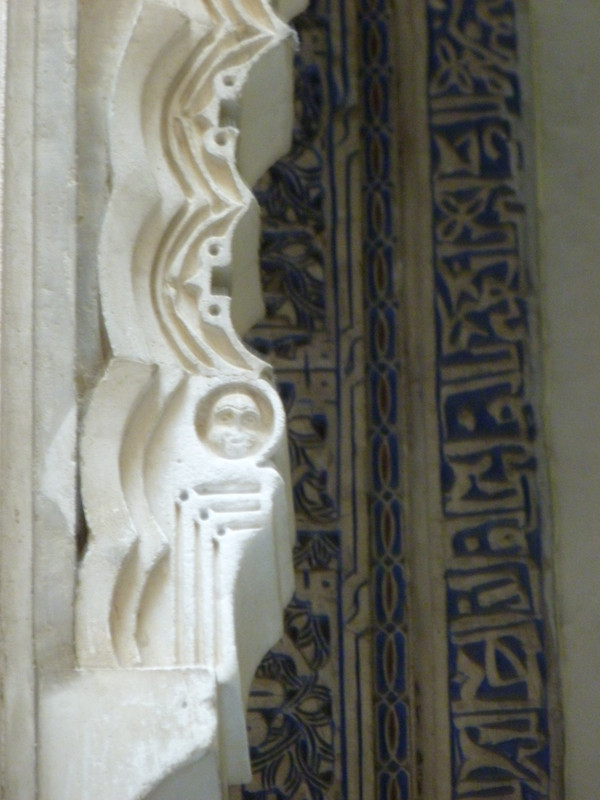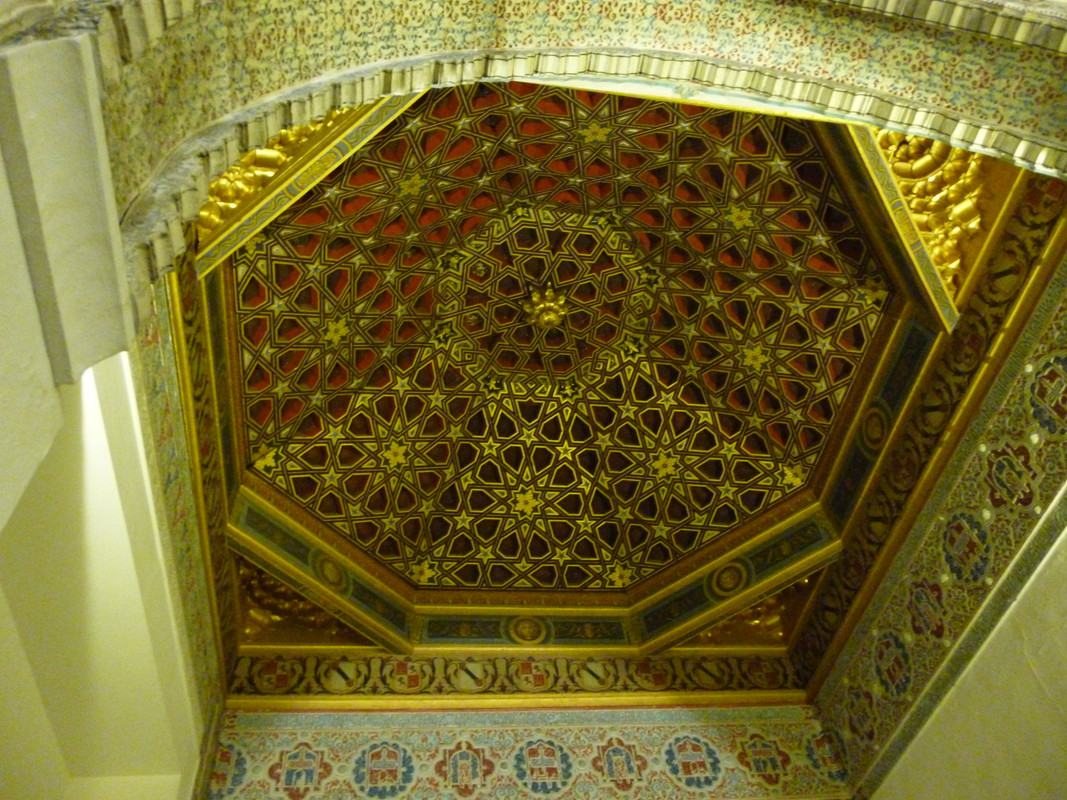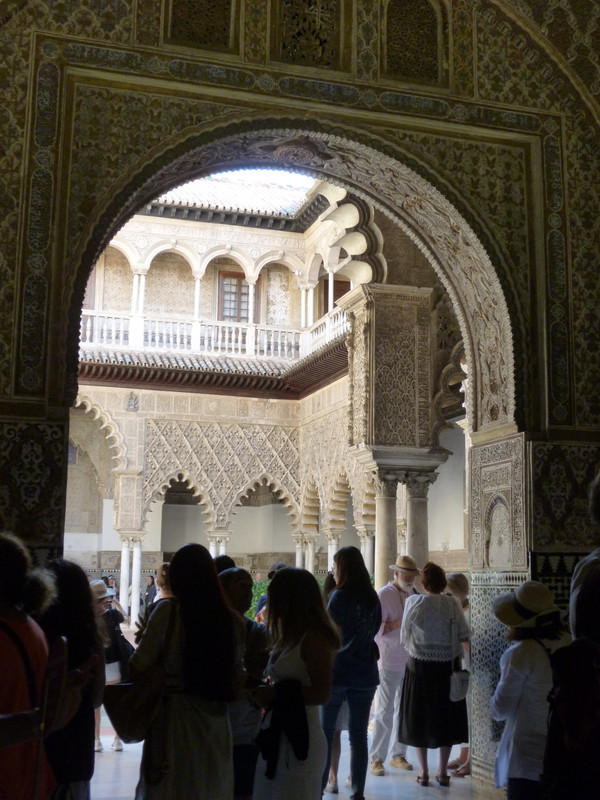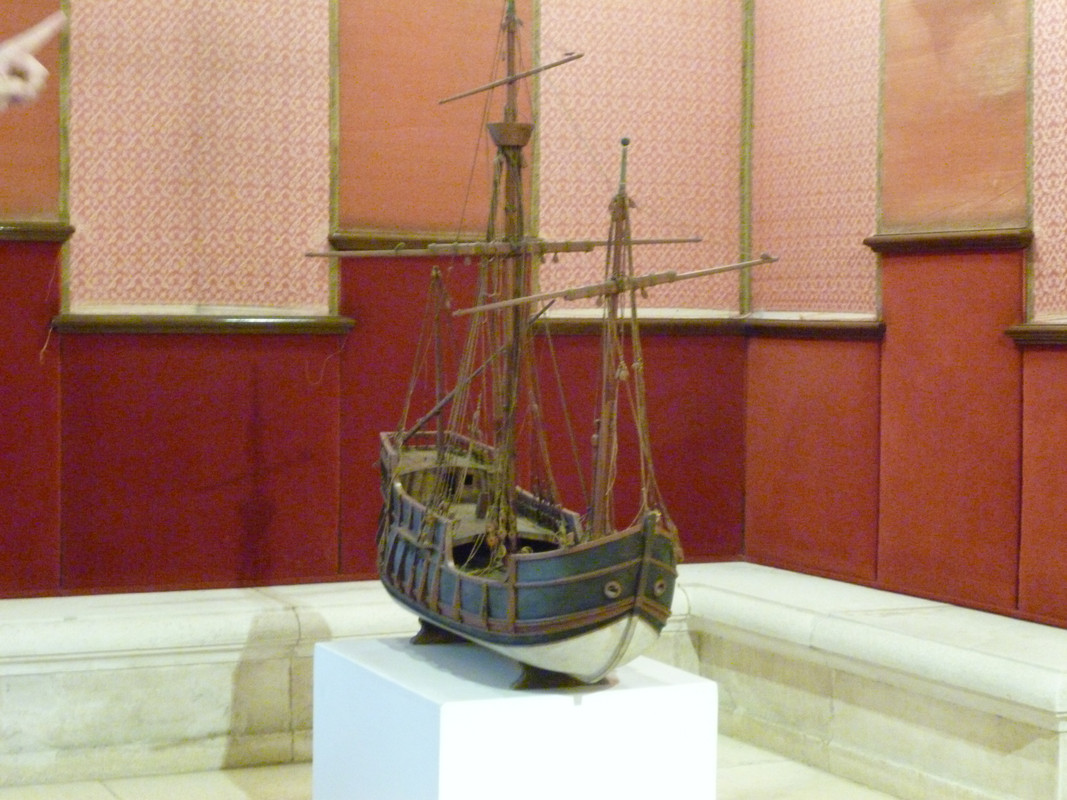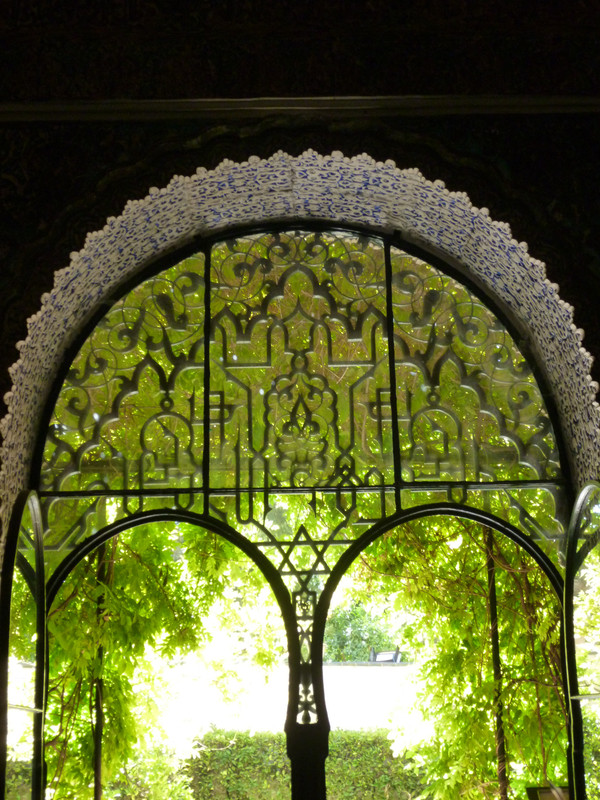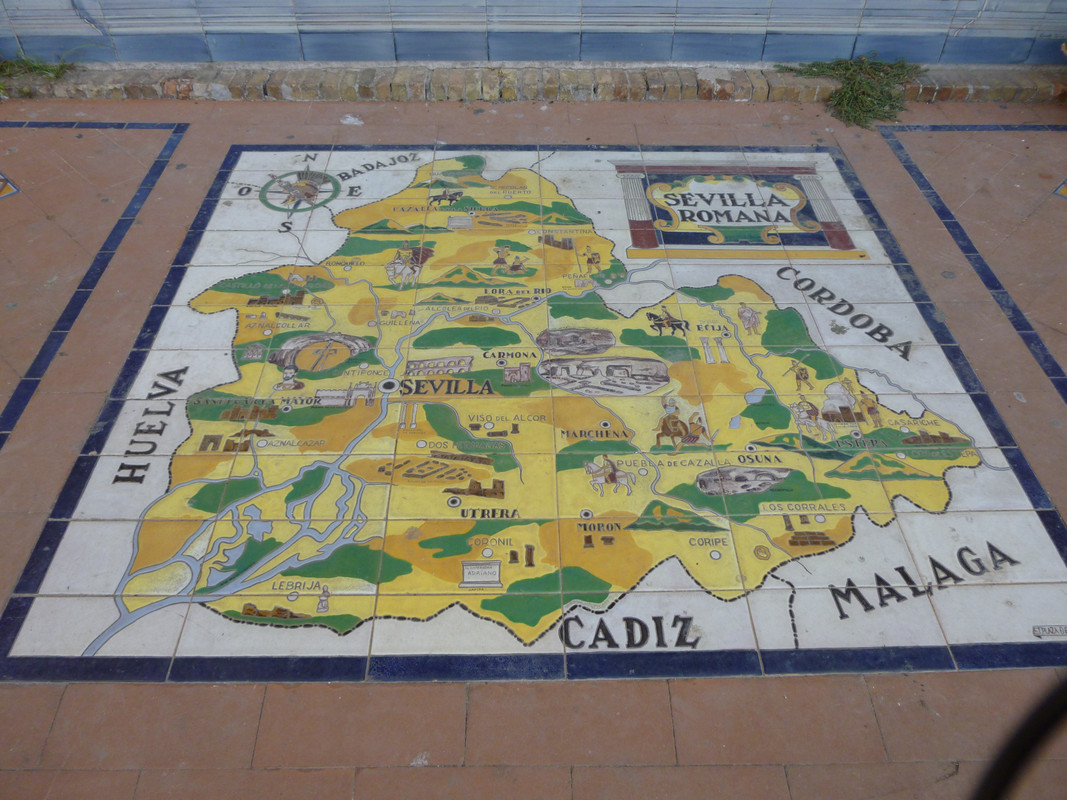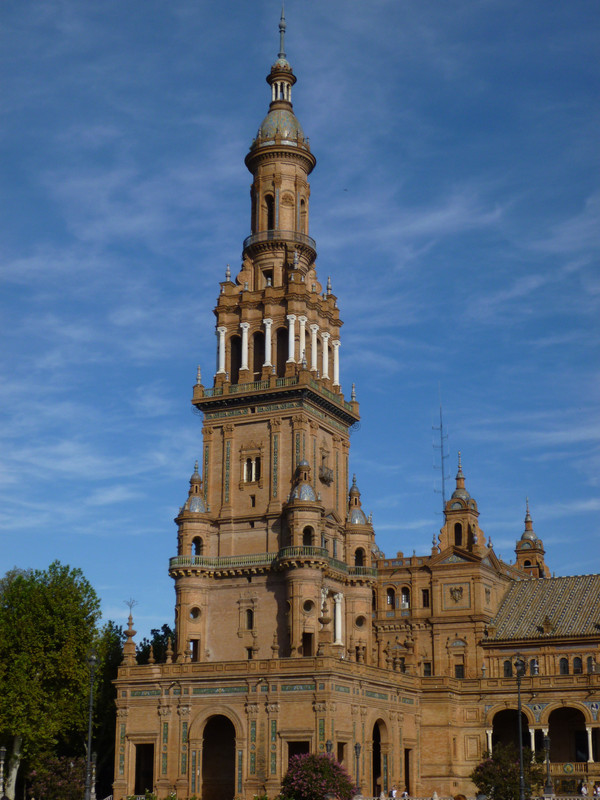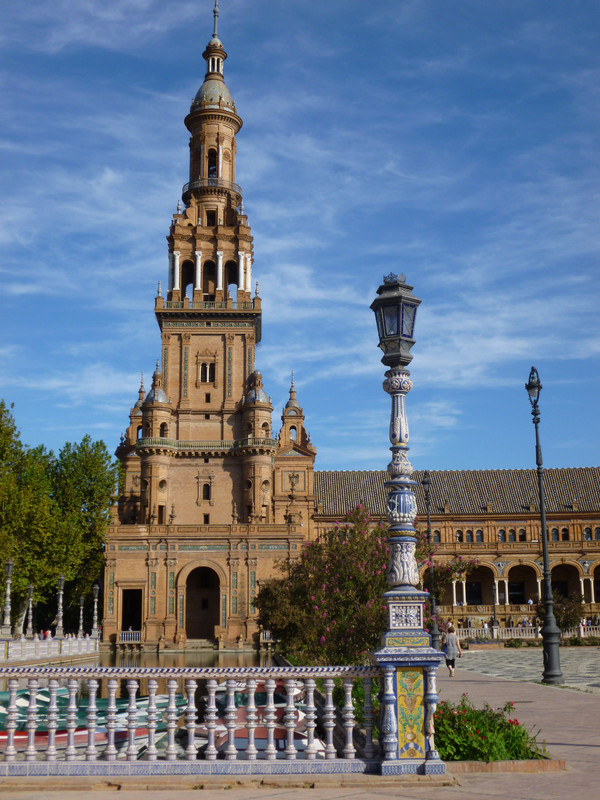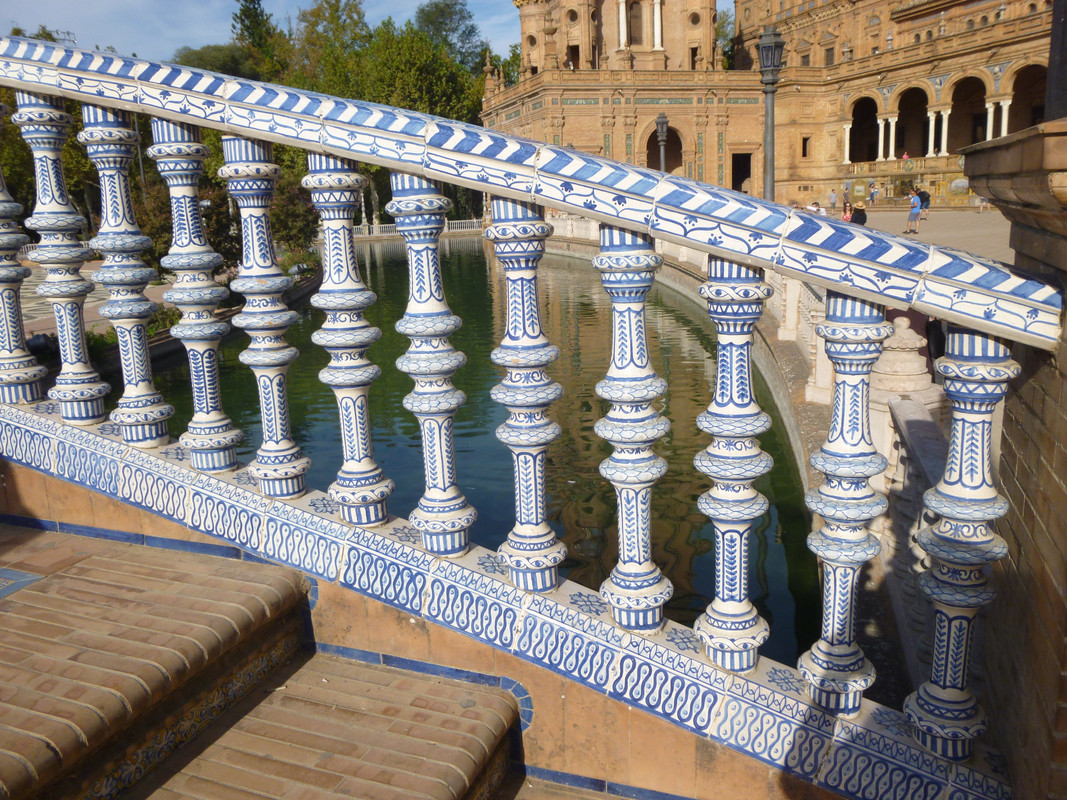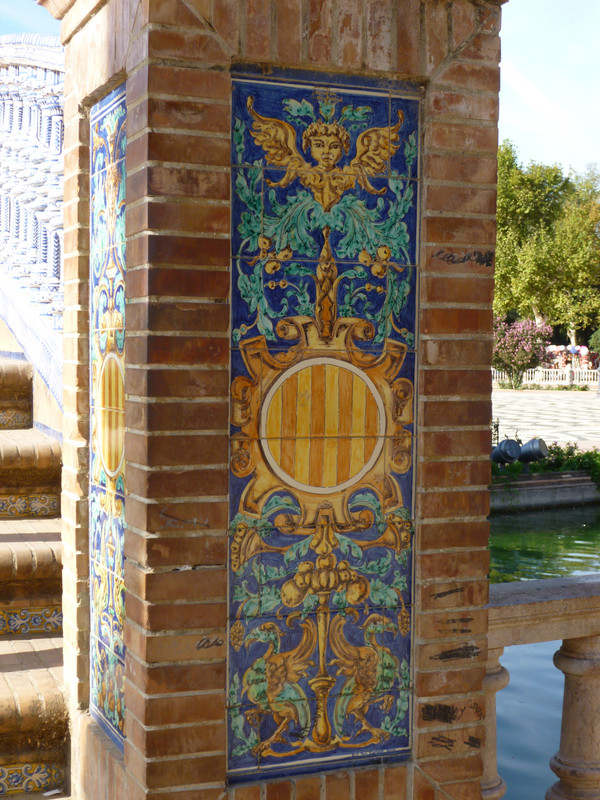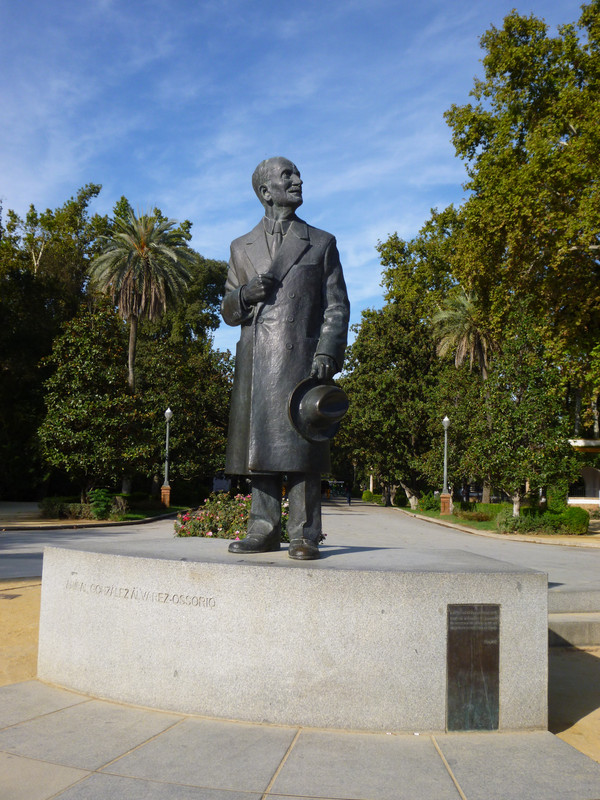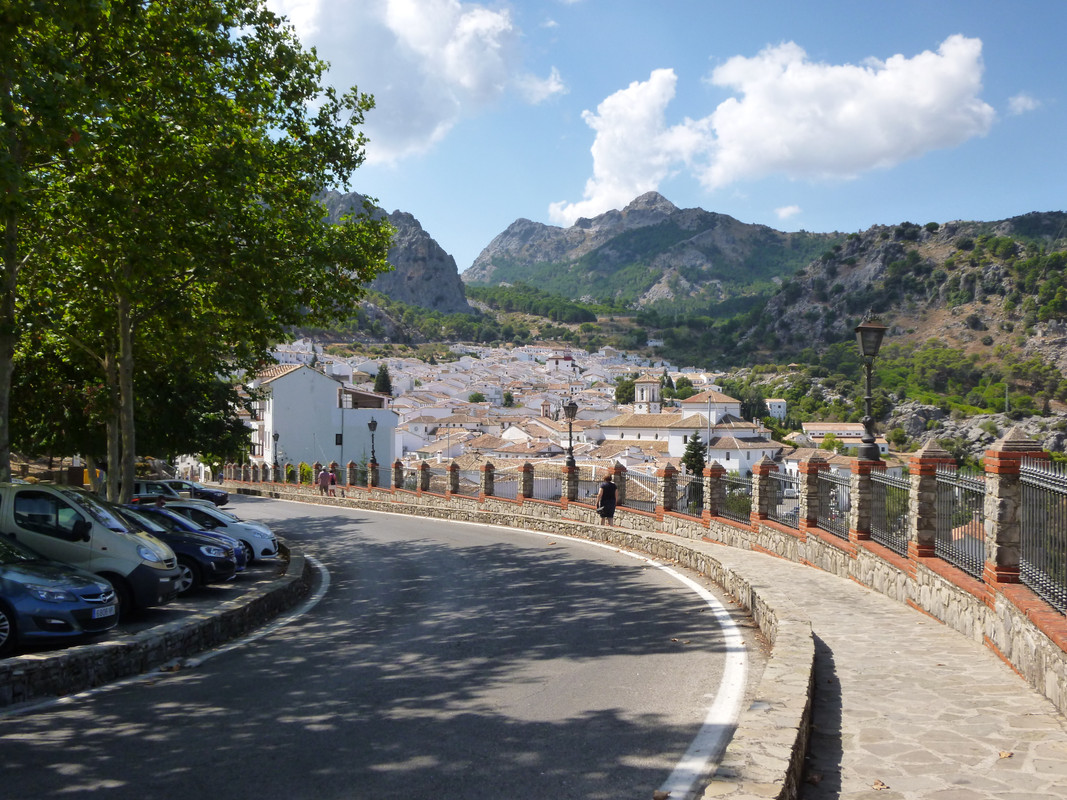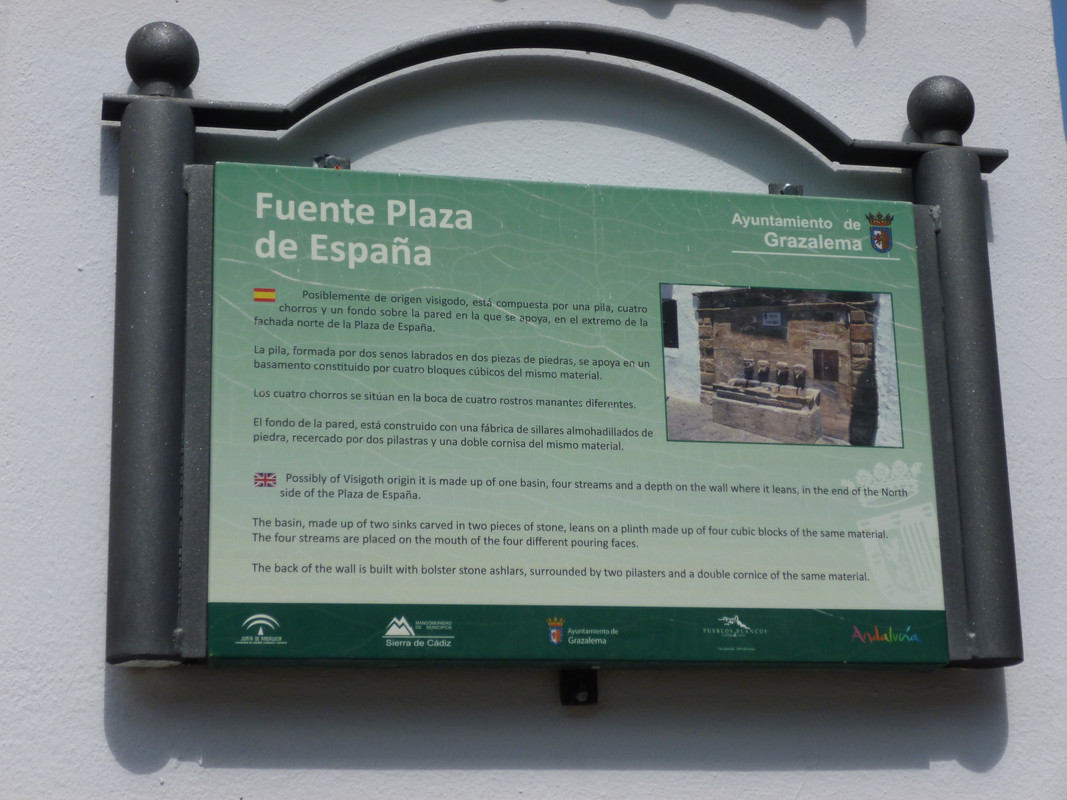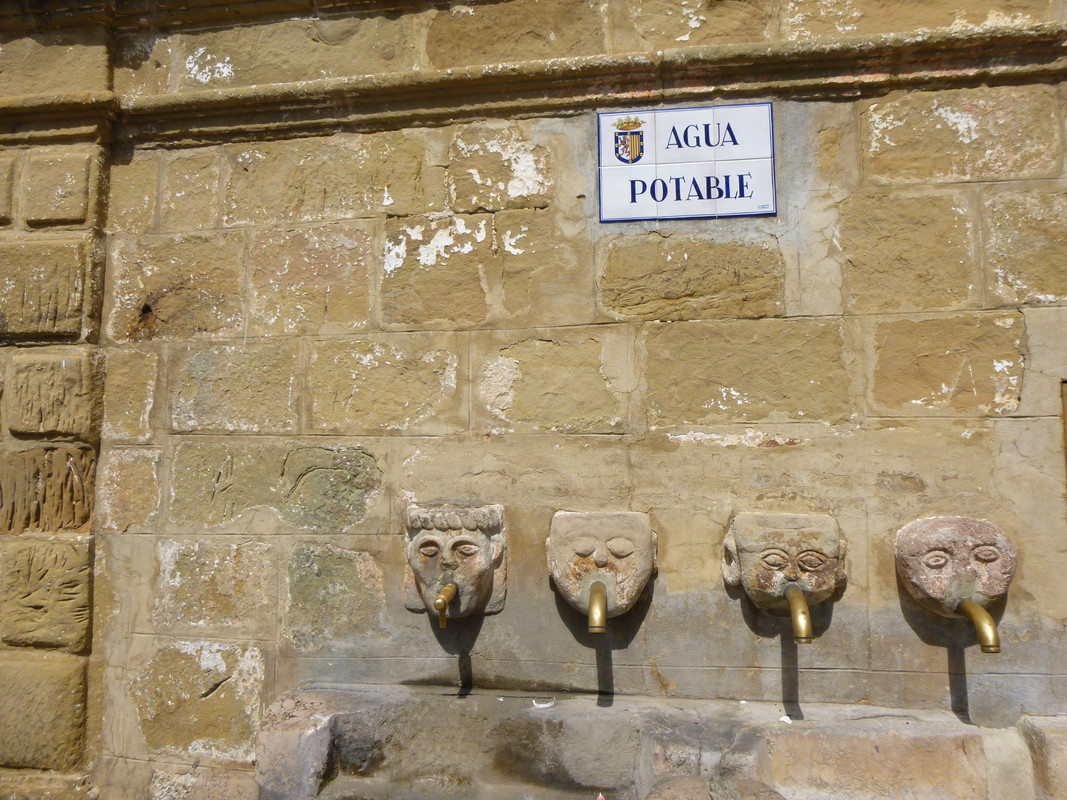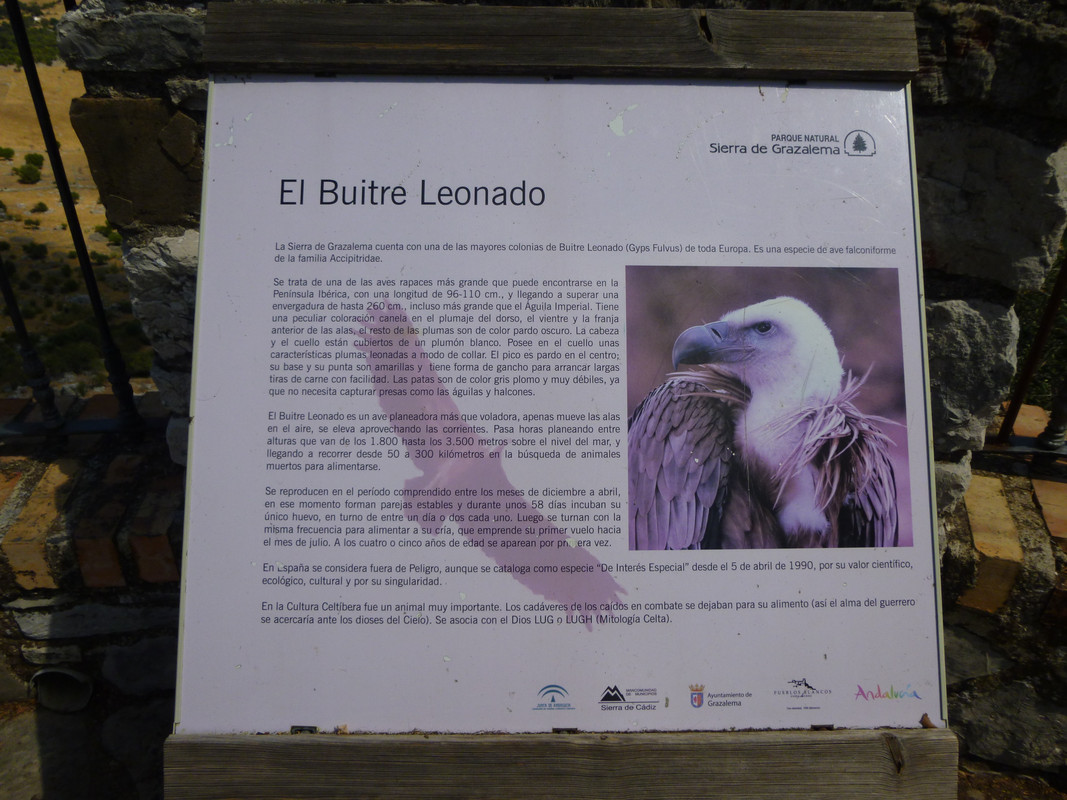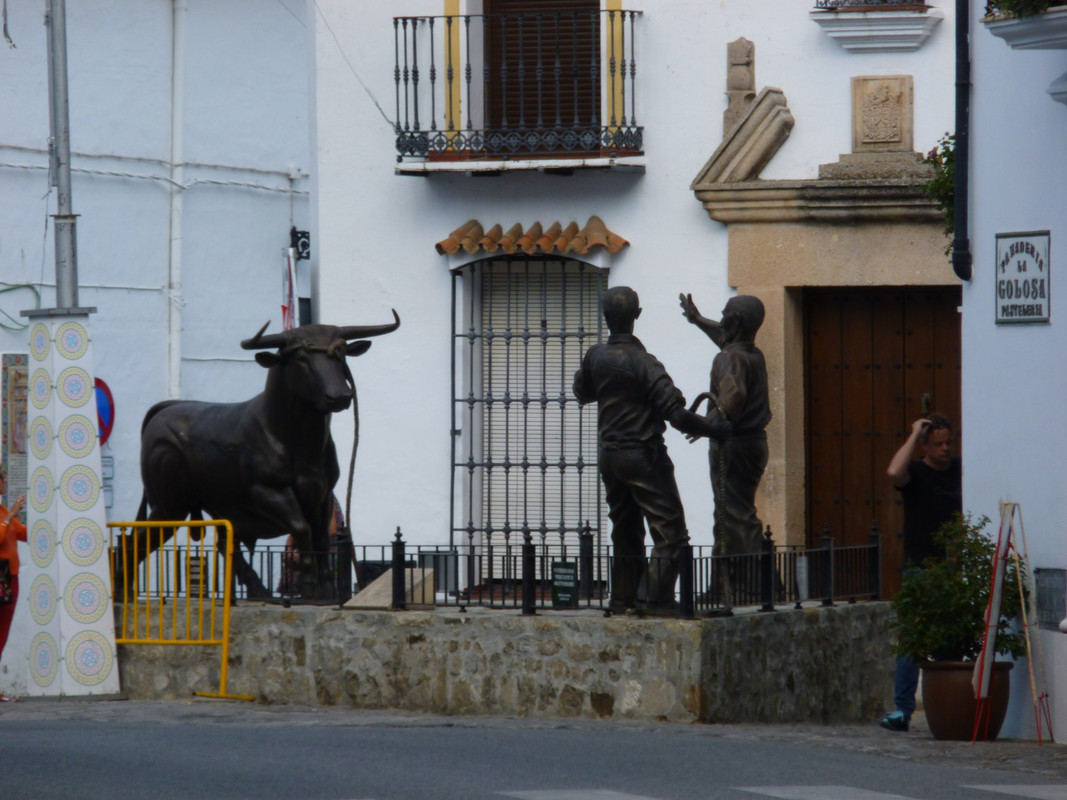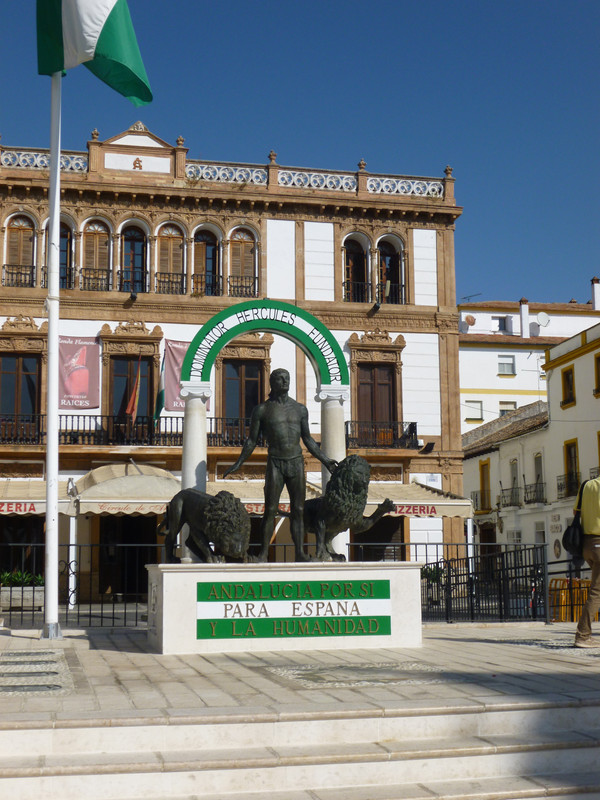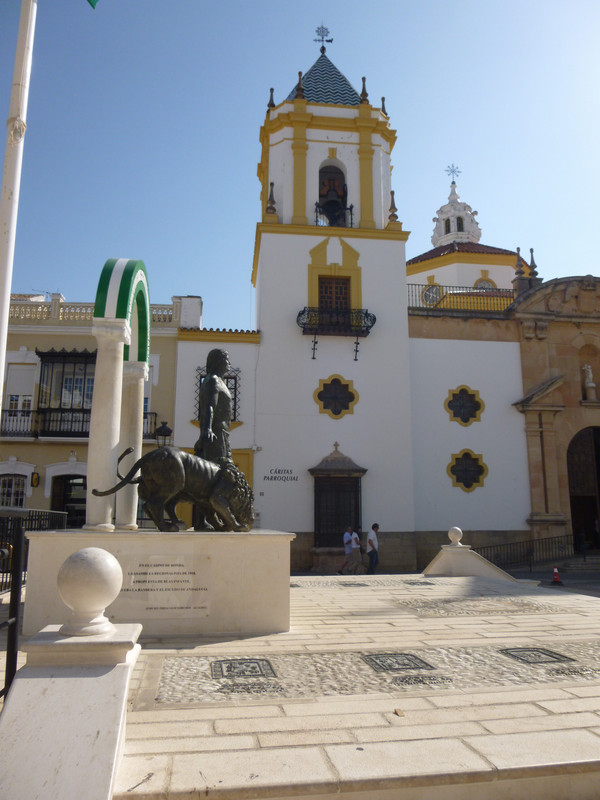This was my last big trip before COVID. Given everything that's happened since, I'm glad I went then.
My poor unfortunate mother (TM) had always wanted to visit the Alhambra. Given one of her friends's advice to seize the day, I felt it would make an excellent birthday present.
We decided to go on a coach tour. I know all the coach trip jokes (and I was the youngest person on the trip by 15 years) but they provide a really good service, giving you a taster of something.
It definitely did that, and I have plans to return to Andalusia. But then again, I've been planning to go to Stockholm since 2017.
I went entirely OTT on photos and was going to promise to restrain myself to 8 photos and the occasional town sign per post, but the I hit my Seville photos and realised I would fail that one miserably, so the plan is 8 photos per post, but splitting a couple of days into more than 1 post.
The trip was 8 days long.
The first day was a flight to Spain and then recovery.
Theoretically, because the flight was so early and because we arrived at the hotel at 11 am, you could have gone to Malaga or Torremolinos in the afternoon.
However, it was a very early flight so Mum was not up for further movement, so she rested and I spent the afternoon sunbathing and swimming.
The next day we went to Ronda and Grazalema on the way to Seville.
This post focuses on Ronda.
First let me admit my ignorance. Before the trip, I'd never heard of Ronda. Now I have. And I want to go back.
It's fantastically interesting, and I do recommend it.
For further information, please see this remarkably detailed page from the Andalusian Tourism body - https://www.andalucia.org/en/ronda
Because of the gorge it's built on, the split between the old and new (1700s) towns is part of what makes it so remarkable.
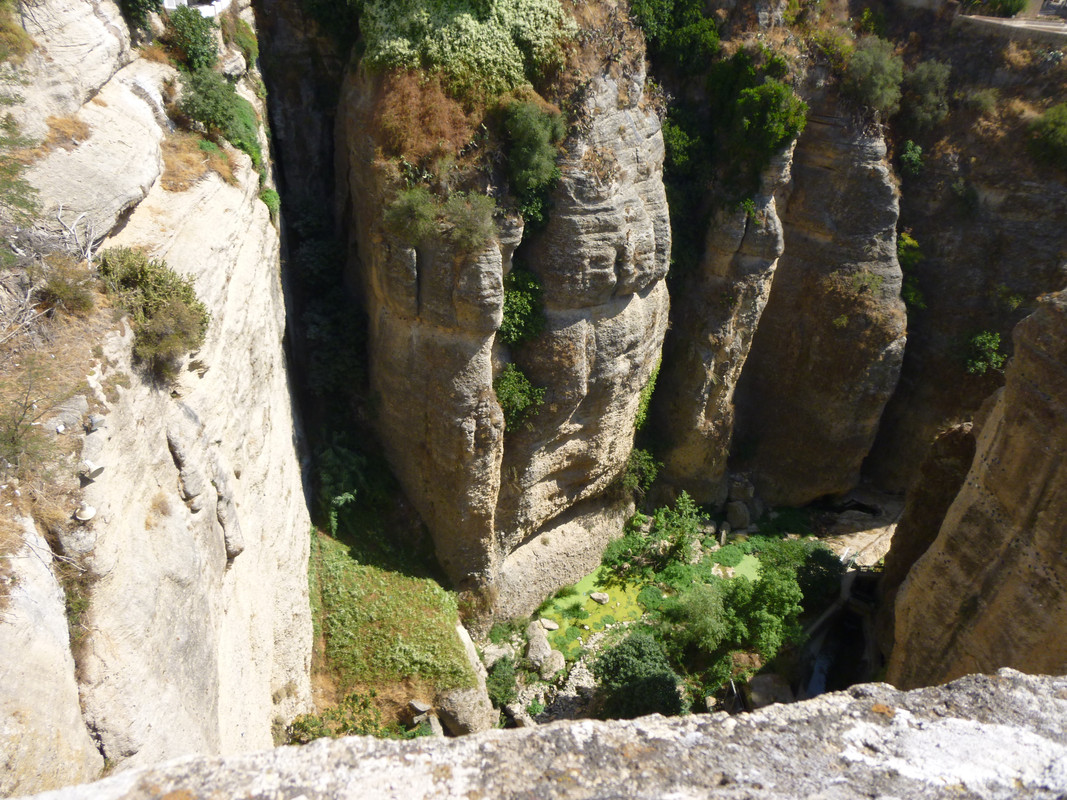
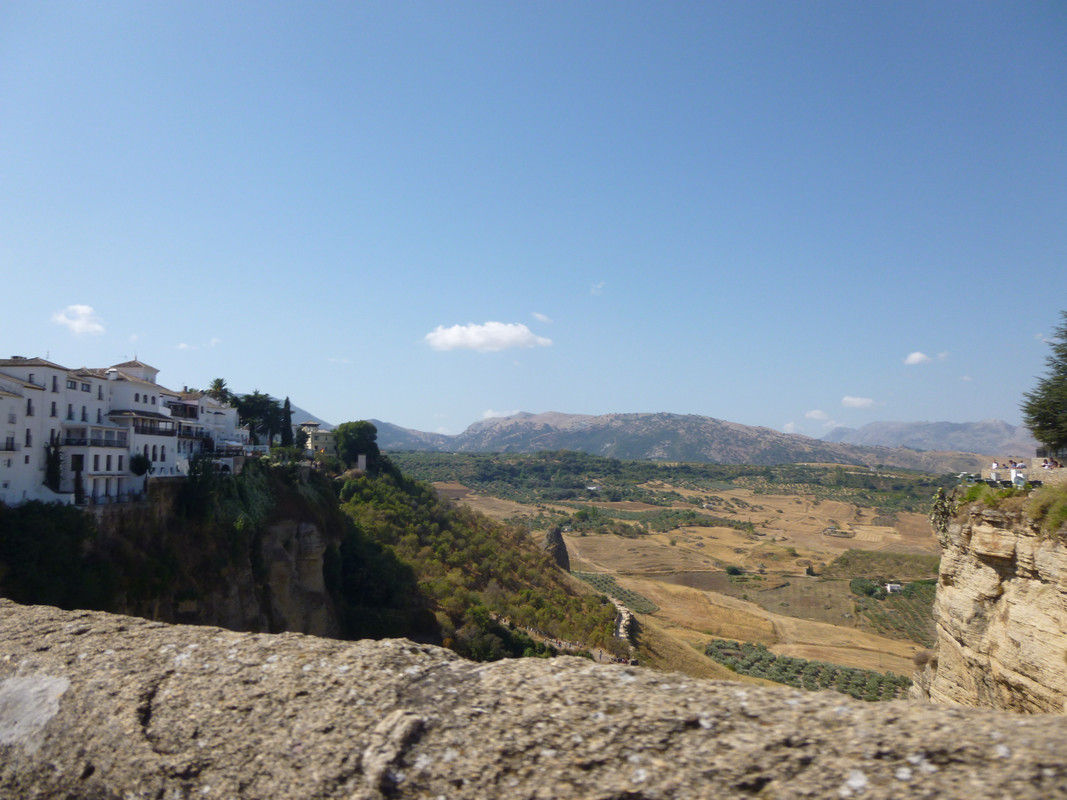
It was part of the Romantic trail
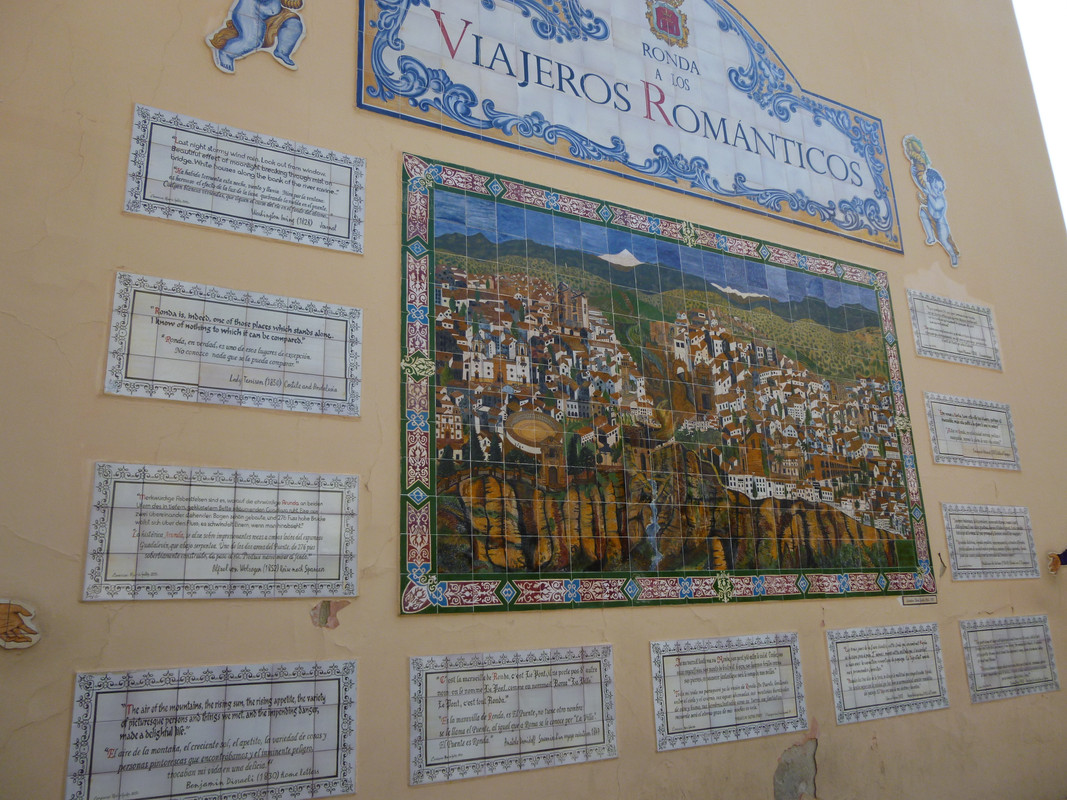
It does mean that there's a fair bit of "Orson Welles was here" going on

The city also does a modern twist on this, having as it does, a road named for Kazunori Yamauchi (https://en.wikipedia.org/wiki/Kazunori_Yamauchi). As you do.
The Bullring in Ronda (https://en.wikipedia.org/wiki/Plaza_de_Toros_de_Ronda) is one of the oldest in Spain and is the home of the Real Maestranza de Caballería, the oldest order of bullfighting in Spain. (Madonna fans will recognise it from the video to "Take a Bow" - https://www.youtube.com/watch?v=XDeiovnCv1o)
It definitely has an excellent statue of a bull outside
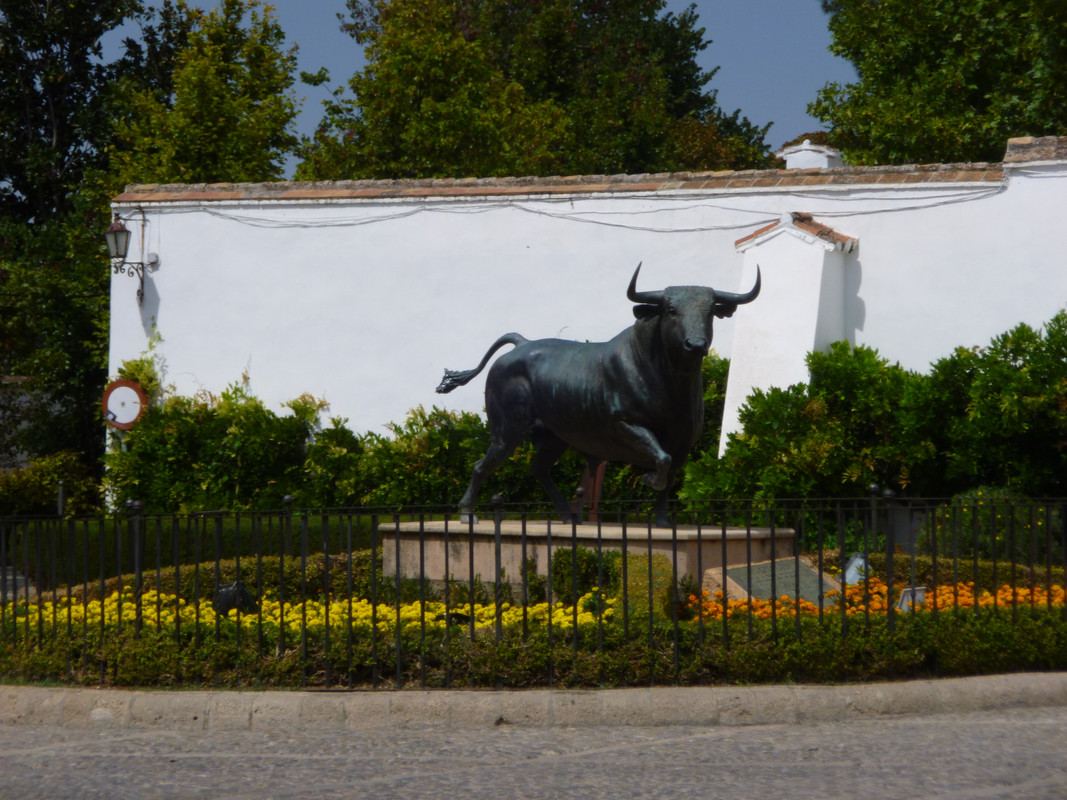
My photo doesn't do it justice, you know those statues that are full of life and feeling, it's one of those.
Ronda was also where the Constitution of Andalusia and it's flag were formally adopted (https://en.wikipedia.org/wiki/Assembly_of_Ronda), which is why Independence Square has two giant Andalusian flags flying.
We spent the morning in Ronda and then on to Grazalema.

